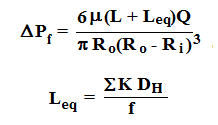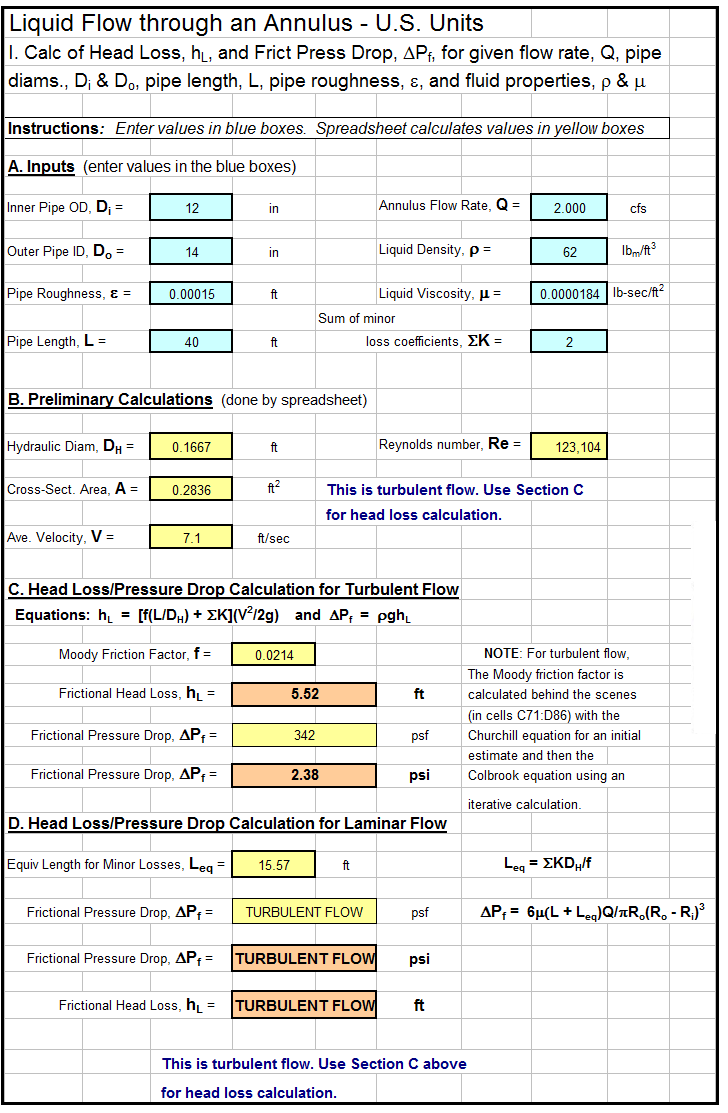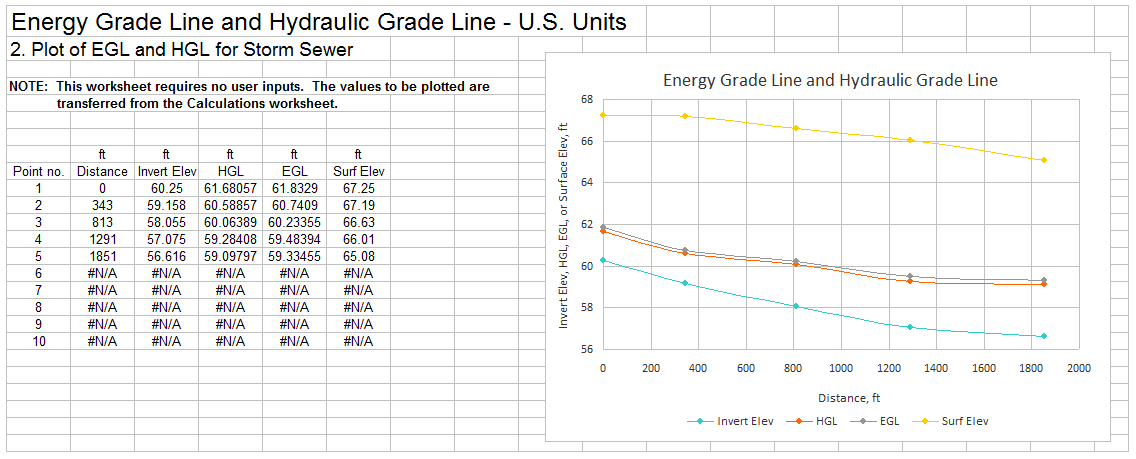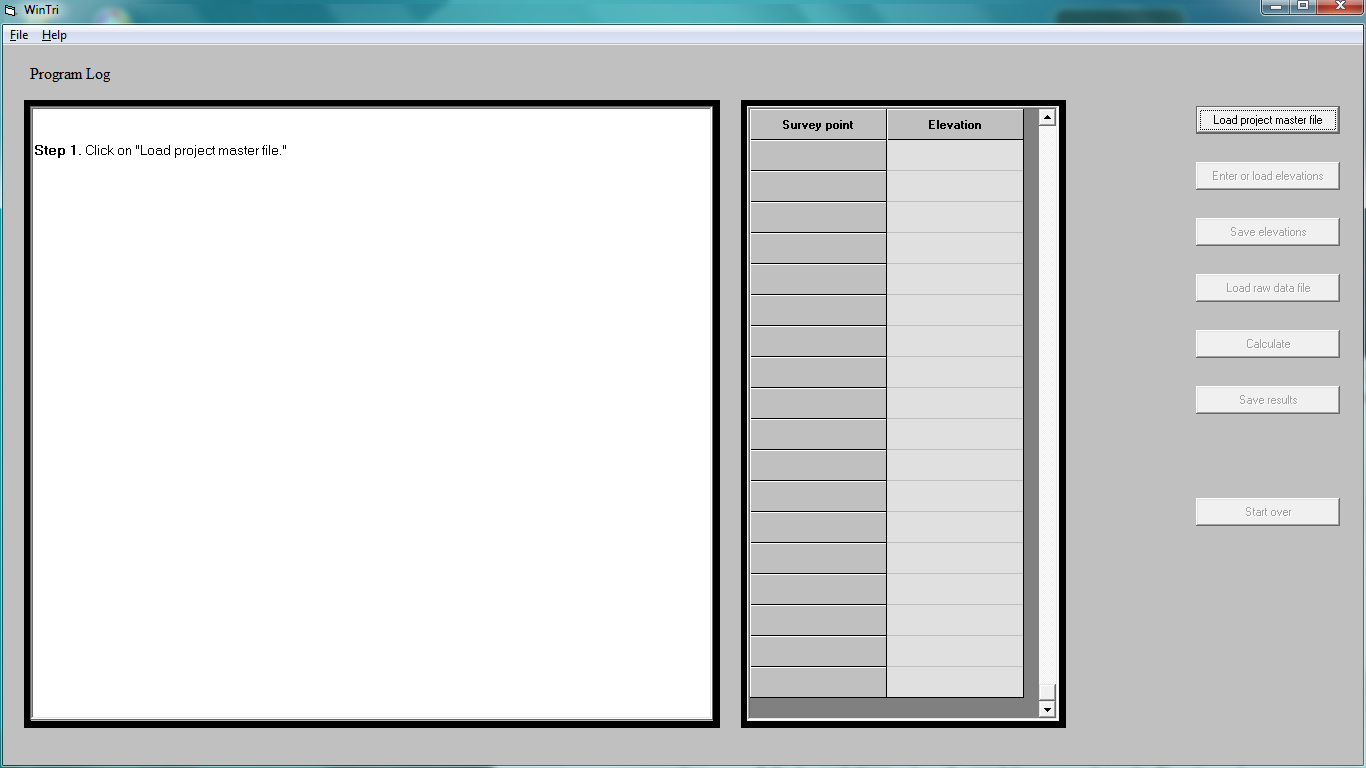Where to Find a Spreadsheet for Flow Through Non Circular Ducts
To obtain a spreadsheet for flow through non circular ducts, click here to visit our spreadsheet store. Intended for use in calculating flow rate or frictional head loss and frictional pressure drop, you can buy a convenient spreadsheet for flow through non circular ducts calculations for a very reasonable price. This spreadsheet makes calculations with the Hagen Poiseuille equation for laminar flow and with the Moody friction factor and the Darcy Weisbach equation for turbulent flow for flow through an annulus and for flow through a rectangular duct. Turbulent flow calculations can be made for a general non-circular duct with known cross-sectional area and wetted perimeter. It is available in either U.S. or S.I. units. Read on for information about a spreadsheet for flow through a non circular duct calculations.
Turbulent Flow Through Non Circular Ducts
The Moody friction factor is used in the Darcy Weisbach equation for turbulent flow through non circular ducts. The Darcy Weisbach equation is:
Where the hydraulic diameter is used for D in the Darcy Weisbach equation for flow through non circular ducts. For further discussion of the Moody friction factor and its use in the Darcy Weisbach equation for pipe flow calculations, see the post, “Pipe Flow-Friction Factor Calculations with Excel Spreadsheets.”
Laminar Flow Through Non Circular Ducts
For laminar flow in an annulus or laminar flow in a rectangular duct, the Hagen Poiseuille equation should be used. For flow through an annulus, it is:
Example Spreadsheet for Flow Through Non Circular Ducts
A spreadsheet for flow through non circular ducts calculations is partially shown in the image below. This Excel spreadsheet can be used to calculate the frictional pressure drop and head loss or flow rate for flow through an annulus (laminar or turbulent flow), flow through a rectangular duct (laminar or turbulent flow) or flow through a general non circular duct (turbulent flow only). This Excel spreadsheet, as well as others for pipe flow calculations, is available in either U.S. or S.I. units for a very reasonable price in our spreadsheet store.
Reference:
1. Bengtson, Harlan, “Pressure Drop in a Non Circular Duct”, an online blog article






